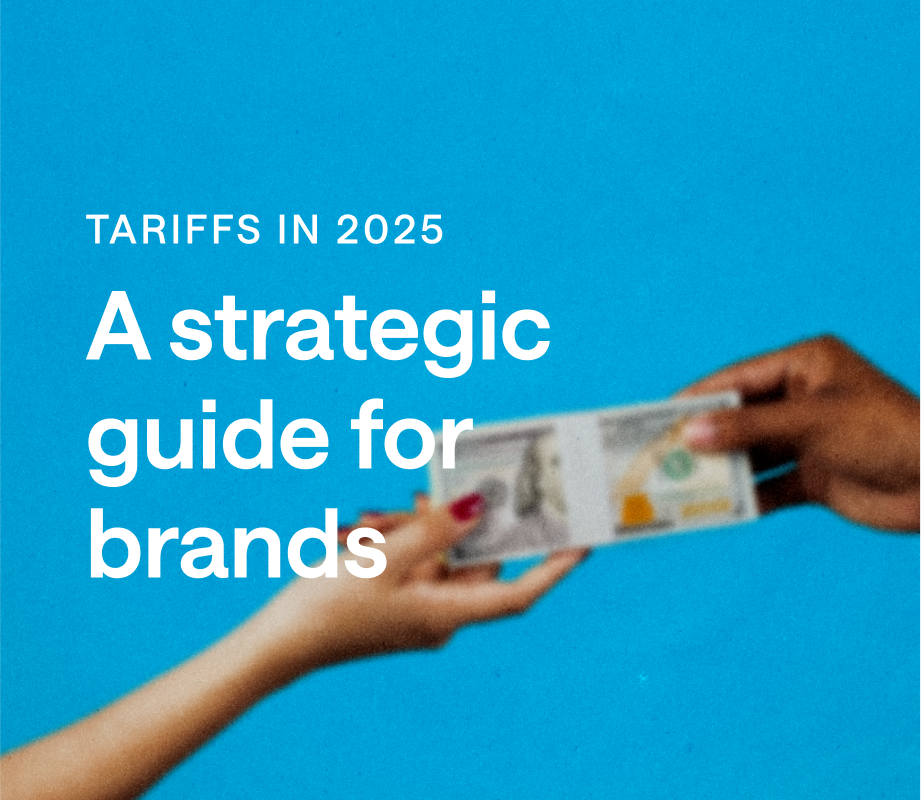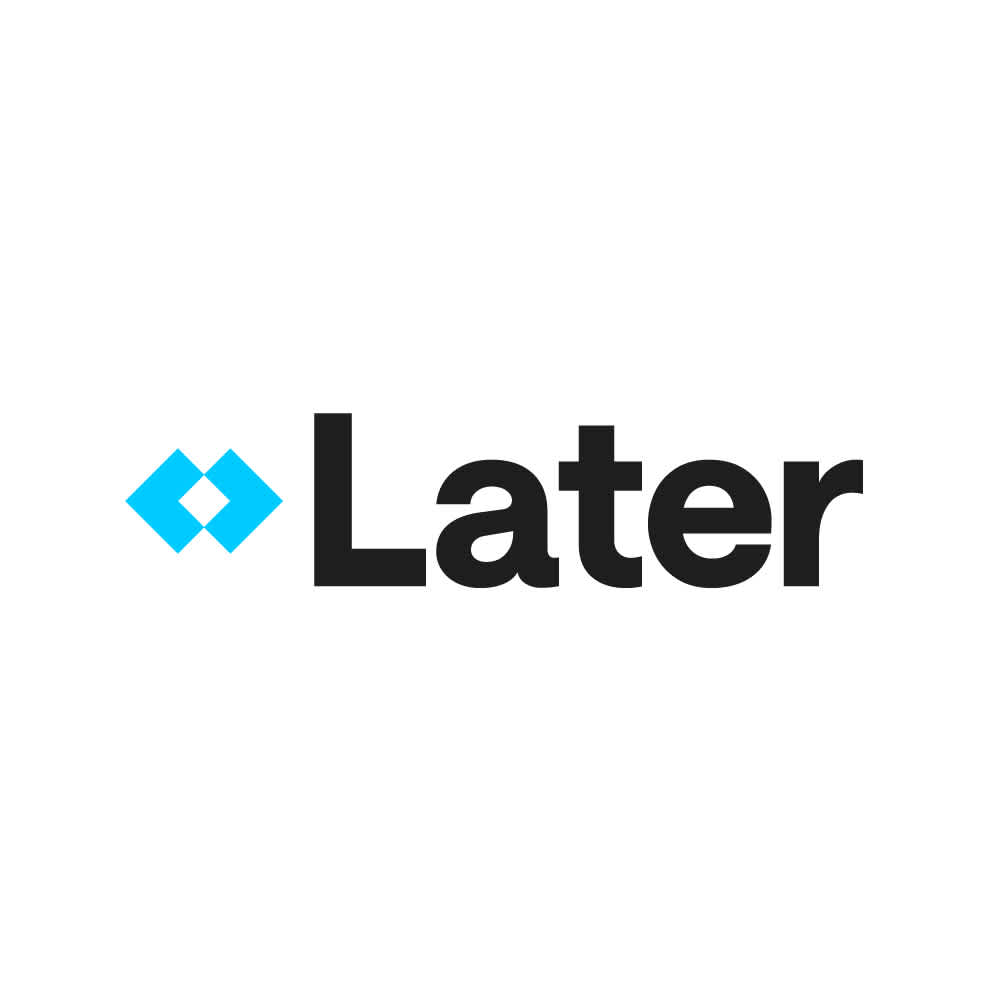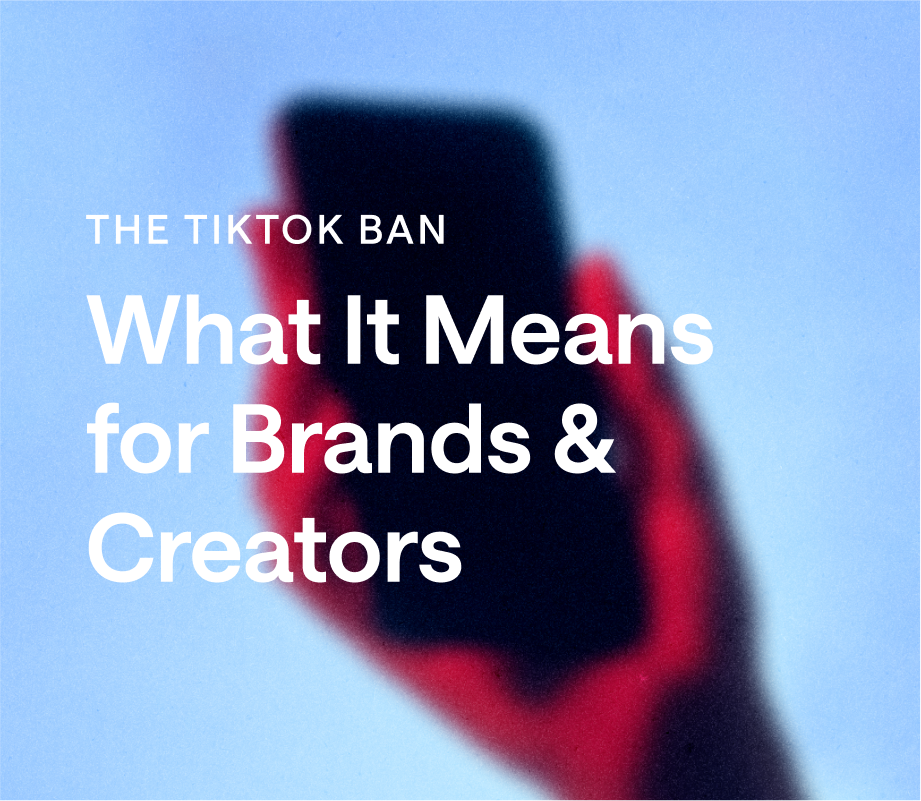The recent wave of U.S.-imposed tariffs is reshaping the economic landscape in 2025, leaving marketing leaders with tough decisions about budget allocation. According to recent IAB research, 94% of advertisers expect tariff-related budget reductions, with most anticipating cuts between 6-10%.
But this doesn't mean brands should simply pull back—it's about being strategic with resources while maintaining momentum. In uncertain times, proactive performance planning beats reactive cost-cutting every time.
Table of Contents
Join over 1 million marketers to get social news, trends, and tips right to your inbox!
Email AddressUnderstanding the current landscape
Recent data shows that tariff pressures are expected to reduce U.S. social media ad spending by up to $10 billion in 2025, with traditional and social media channels likely to see the largest cuts.
Companies manufacturing in China face particularly acute challenges, while domestically produced goods have an opportunity to highlight their "Made in America" value proposition.
The effects of these tariffs extend beyond direct budget impacts:
Consumer behavior is shifting as price sensitivity increases, with consumer confidence dropping and buying cycles extending
Marketing performance expectations remain high despite reduced resources
Attribution and ROI measurement are becoming even more critical
Supply chain disruptions may affect campaign timing and messaging
How to stay strategic when budgets tighten
When pressure is high and resources are limited, the best marketing leaders adapt. These six strategies help you protect your brand and stay agile in a shifting economic landscape.
1. Shift from branding to performance (but don't abandon brand)
During economic uncertainty, there's a natural tendency to prioritize performance marketing over brand building. This shift from branding to performance will likely accelerate in the coming months, according to industry analysts.
While this approach makes sense, completely abandoning brand initiatives can damage long-term growth.
What smart brands are doing:
Considering shorter campaigns and activation cycles to provide greater flexibility and faster feedback, if there’s sensitivity to longer-term campaigns
Rebalancing their marketing mix with a greater emphasis on attributable channels
Preserving selective brand investments that support key strategic initiatives
Developing hybrid campaigns that deliver both immediate returns and brand reinforcement
2. Leverage data for budget optimization
Your martech stack and analytics capabilities are crucial for identifying which activities deliver the greatest return.
With search trends showing increased interest in "affordable digital marketing strategies" and "low-cost advertising during tariffs," it's clear that marketers are seeking budget-friendly approaches.
Here are some tips for approaching budget conversations with your finance team:
Conduct a comprehensive audit of current campaign performance
Identify high-ROI tactics that should be protected or expanded
Eliminate or reduce underperforming initiatives
Implement more frequent campaign performance reviews to enable quick pivots
3. Adjust messaging for the current climate
Consumer priorities and perceptions shift during economic uncertainty. Brands that acknowledge these changes in their messaging will maintain stronger connections.
Search data also shows increased interest in "consumer response to U.S. tariffs" and "public opinion on tariff policies," which highlights the importance of understanding your audience's mindset.
As a marketing leader, you might consider:
Emphasizing value rather than lowering prices (which may be difficult due to tariff impacts)
Highlighting product quality and durability as investment features
Developing loyalty programs that incentivize repeat purchases
Creating bundled offerings that enhance perceived value
4. Explore alternative channels and approaches
Economic pressures often accelerate creative innovation and experimentation. Brands that are willing to take (informed) risks with new approaches, messaging, and formats have a good chance of discovering more efficient paths to consumer engagement.
Your best opportunities might include:
Creator marketing with performance-based compensation models
Social commerce strategies that shorten the path to purchase
Community-building initiatives that reduce acquisition costs
Strategic partnerships that extend reach without expanding budgets
5. Maintain agility with short-term planning cycles
The tariff situation remains fluid, making long-term commitments particularly risky. Brands should structure their approach to provide maximum flexibility.
Here are a few implementation tactics to consider:
Shift from annual to quarterly planning horizons
Negotiate more flexible terms with agencies and media partners
Build scenarios for different economic outcomes
Reserve a portion of the budget for opportunistic investments
6. Address manufacturing location in your marketing strategy
With tariffs affecting imported goods, there's a growing consumer interest in domestic products.
We can see from search trends that more marketers are looking for advice on "marketing Canadian-made products" and "promoting ethical sourcing," particularly in regions directly affected by U.S. tariffs.
Wherever you manufacture or source your products, you might consider:
Highlighting domestic manufacturing or sourcing in your marketing messaging
Showcasing your supply chain transparency and ethical practices
Considering developing specific campaigns around locally-made products
Partnering with other domestic brands for co-marketing opportunities
How could tariffs affect intellectual property and trademarks?
Tariffs can increase counterfeit risks as legitimate products become more expensive, complicate cross-border licensing agreements, and may require adjustments to trademarked messaging that references pricing or product origins.
As trade policies shift, intellectual property (IP) considerations become increasingly important for brand and marketing teams to consider.
What marketers need to know:
Brand protection becomes more critical: With increased costs for imported goods, tariffs could either lead to more counterfeit products flooding the market, or they could make counterfeit goods less competitive—either way, this could have implications for your brand’s reputation and consumer trust
Content and creative assets may need review: Changes in marketing strategy might require adjustments to trademarked slogans, messaging, or visuals that reference pricing, origin, or product attributes
Cross-border licensing and partnerships: Marketing teams working with international creators or partners should review agreements to ensure they’re still viable under new tariff structures
Digital rights management: As you repurpose content across platforms, make sure you maintain proper rights management across borders
What does this mean for different types of businesses?
For retailers and consumer goods brands
There’s no doubt retailers face more intense challenges as tariffs directly impact product costs and potentially squeeze margins.
As Forrester's guide on tariffs and customer relationships suggests, brands need to carefully consider how they communicate price changes to customers. Tactics you might consider include:
Creating promotional strategies that protect margins while still delivering perceived value
Emphasizing domestic sourcing where applicable—some brands are advertising “tariff-proof” products where they can
Developing strong loyalty programs to maintain customer relationships despite potential price increases
Testing price elasticity to understand where consumers are most sensitive
For B2B marketers
B2B buying cycles are typically longer and more considered, which can actually provide some insulation during economic uncertainty:
Focus on how your products and services can help clients manage their own tariff-related challenges
Emphasize ROI and cost savings in your value proposition
Develop content that addresses tariff impacts within your clients' industries
Consider flexible payment terms as a competitive advantage
Looking ahead: Turn uncertainty into opportunity
History shows that brands that maintain strategic marketing investments during economic downturns often emerge stronger when conditions improve.
Smart budgeting matters, but pulling back completely can leave room for competitors to step in.
According to research from the last major tariff cycle (2018-2020), brands that stayed active in key channels saw better results than those that made indiscriminate cuts.
Mastering marketing in a world of tariffs requires flexibility and a willingness to adapt. The most successful brands won’t just try to ride this out—they’ll use it as a chance to sharpen their strategy, build stronger customer relationships, and potentially gain market share as less nimble competitors retreat.
By focusing on performance, maintaining essential brand investments, and staying agile, marketers can move through this period with confidence and position their companies for success no matter how the tariff situation evolves.
Need help strengthening your marketing strategy during these uncertain times? Start a free trial of Later's social media management tools to help you plan, schedule, and analyze what content is working across every platform.
Later’s influencer marketing platform can help you find and partner with creators your audience trusts, helping you make the most of your campaign budget. Book a demo.



